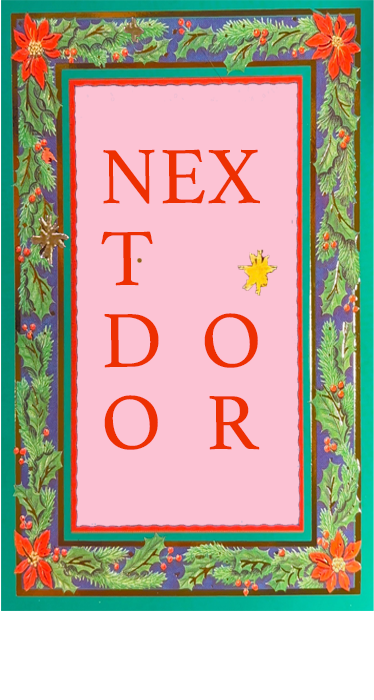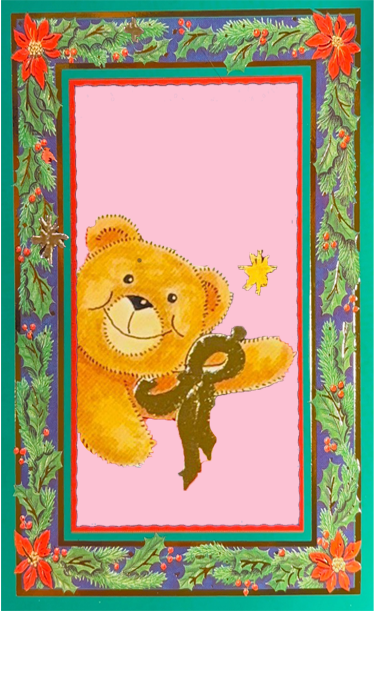Isabel Hood | 25th May — 31st June 2022: tired, anxious, content, motivated, annoyed, entertained, sore
Exhibition Essay by Georgie O’Brien
We all create digital copies of ourselves as we move through the real and digital world. This can occur consciously or unconsciously—every form we fill out, every click, every purchase, every pause in an Instagram scroll, adds a dot to an increasingly detailed picture of our daily lives, our likes and dislikes, where we go, and how we think and feel. 25th May — 31st June 2022: tired, anxious, content, motivated, annoyed, entertained, sore interrogates the way in which this data can never truly represent a human life in all its messy, nuanced complexity.
As compilations of visual elements and objects that convey information about an individual subjectivity, Hood’s works play into Western still-life painting traditions, in which arrangements of fruit, flowers, and various objects with metaphorical significance were used to construct complex allegories about the artist, the work’s patron, or the nature of life itself. But Hood’s compilations do not simply seek to construct and communicate meanings about their subject, but to draw attention to their own inadequacies in capturing and representing this subject.
Each work contains multiple layers of conceptual contradictions. Hood uses these contradictions as a rhetorical strategy to draw attention to the limitations of data as a tool for understanding a subject, and to illustrate the way that data sets can never adequately represent the complex, subjective realities of an individual human existence.
Hood’s vessels transform something abstract and ephemeral—a feeling at a moment in time—into an object that is tangible and concrete. The vessels’ undulating forms and smooth surfaces evoke pottery, like ancient vases recovered from an archaeological dig, which makes them seem solid, weighty, and enduring. We can grapple more easily with these clearly defined objects, these concrete manifestations of fleeting, ambiguous experience. But their solidity is an illusion. The vessels are no more tangible than the feelings they represent. They are photons of light emitted from a screen, a series of ones and zeros. Their existence depends entirely on the attention span of you, the viewer. Close your browser window, press the back button, and they disappear into the digital ether.
The clear, concrete forms of the vessels also reference the weight and significance that contemporary society and Western Enlightenment traditions often attribute to data, regarding it as a reliable means of understanding the world. To generate her vessels, Hood recorded her mood at regular intervals each day on a numbered scale, translating these numbers into three dimensional forms. This process distils a feeling into a number. Context is discarded. The complexities of human emotion—quality, colour, intensity, temperature—are homogenised into one facile metric: positivity/negativity. A linear ten-point scale squashes any nuance within this clinical understanding of mood even further, reducing the artist’s experience into only ten ways of feeling. The vessel becomes a shallow, almost meaningless representation of Hood’s daily experience. Its reassuring simplicity deceives us.
To counter this, the visual elements that surround each vessel offer glimmers of the context and detail stripped away in the data collection process. Textures, patterns, objects, and sounds from the artist’s daily existence are taken from the real world and replicated in the virtual space using qualitative methods of data collection, including painting, audio-visual recording, and flatbed and 3D scanning. Hood has compared these visual details to “chart junk”, illustrative elements that are added to graphs to make them more interesting. Chart junk is often regarded as, well, junk—visual clutter that distracts the viewer and takes attention away from the data itself. But chart junk can also increase the impact of the data’s meaning and aid understanding, by providing visual cues that appeal to our emotional, sensorial, subjective selves. Like chart junk, the contextual elements in Hood’s work provide detail, richness, and nuance to the sterile, impassive vessels that reveal almost nothing about the human behind the data.
But these textures are themselves shallow, flat planes. Removed from context, they are abstracted, fragments of a life. They form loose relationships in the virtual space, alluding to connections and their roles as a part in a whole, but never forming a holistic image. Textures are applied to the surface of the vessels, creating a veneer, an illusion of depth and substance. Data sets, no matter how vast or detailed, can never fully and accurately represent a human subject, because they isolate fragments of an identity, taking them out of a wider existential context from which they derive much of their meaning.
Through these pervasive and multilayered visual contradictions, Hood illustrates the way that data collection is seen as an empirical and rational way of making sense of the world, offering concreteness and certainty, but equating this with a deep understanding of a subject is an illusion.
Hood also imbues the elements in her works with the hallmarks of real objects, such as depth, texture and interactivity, but in imperfect or limited ways, to draw attention to the fact that the objects in her work are representations of reality.
A flatbed scanner does not replicate depth and texture. It replicates the visual qualities that signify depth and texture to our brains, such as light and shadow. It does this imperfectly. Hood exploits these imperfections in the scanning process to produce visual qualities that deliberately draw attention to their own illusory effects. Textures of vivid brushwork and fabric appear flattened and artificial, like the compressed depth of a landscape observed through a telephoto lens.
Glitches in the 3D scanning process are used to similar effect. Scanned objects emerge as incomplete shells, fragmented and tortured. A dog’s fur takes on the quality of corroded plastic.
Reality is flattened and constricted, as an object is forced into the constraints and limitations of the data collection process.
The ability to interact with an object also imbues it with a sense of tangibility. Hood allows viewers to interact with her vessels, by moving them around and viewing them from multiple perspectives. But this can only occur within a constrained, predetermined range of movements. True interaction is limited by the parameters of a virtual space. Experiencing these limitations draws the viewer's attention to the nature of this process as an imitation of true interactivity afforded by the real world.
Through the illusions and facsimiles of reality that compose her virtual spaces, Hood illustrates that data can only ever construct a shallow and limited copy of the human experience. In the process of quantifying, abstracting and recording data within the limitations of a system, meaning is misrepresented, erased, or assumed. A moment, a feeling, an individual human subject cannot emerge from this process whole.

